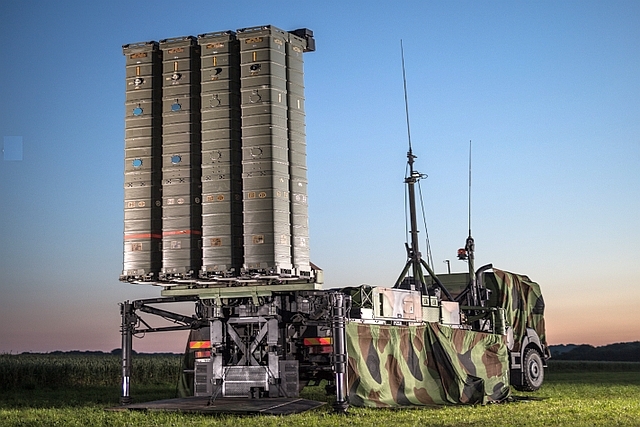New Tool Cuts Tank Cleaning Time In Half
Norfolk Naval Shipyard (NNSY) and Penn State University have co-developed a tool modification that cuts tank cleaning process to half.
This new submarine oil storage tank cleaning tool replaces the traditional manual process using pressure washers and solvents and cuts cleaning time in half.
The remotely monitored prototype tool blasts water at 20,000 psi, delivering 20 gallons per minute and creating a safe, cost-efficient way to clean and prepare oil storage tanks for structural repair hot work, modifications, and preservation, Naval Sea System Command said Thursday.
The prototype was tested on USS La Jolla (SSN-701) and then fine-tuned before use on USS Helena (SSN-725) in Drydocking Continuous Maintenance Availability (DCMAV), which completed its availability a day early last month.
"Helena was a short availability, so we wanted to be able to go in and attack it," said George Reed, NNSY Blasting and Painting Shop Trades Manager. "We cut man hours out of the tank cleaning evolution on the Helena project and took the workers out of the tank as much as possible, which not only reduced cost but also increased the safety of our personnel".
Oil storage tanks are used to supply fuel to diesel submarines and seawater is moved into the tanks as fuel is used in order to maintain ballast for the ship. An unpainted oil storage tank typically ends up with a multitude of structural repairs and costs about 7,827 man-hours per availability. In the past, many of these tanks were not painted because oil acts as a good preservative. However, the seawater in the tank does not, and because oil and water don't mix, brine becomes concentrated in the lower portion of the tank.
"We have to get the oils out of the metal so the paint will adhere properly and to ensure we meet NAVSEA requirements. This takes a lot of time," said Reed.
Penn State's ARL fabricated the magnetic base prototype and accessories, but these parts will be modified and manufactured by NNSY in the future, and plans are underway to mobilize a team of painting/blasting experts to train other public shipyards to properly employ the tool.
As for NNSY, the Painting / Blasting Shop will use the new cleaning method for the USS Rhode Island (SSBN-740) availability and USS Boise (SSN-764) when it arrives in 2016.










